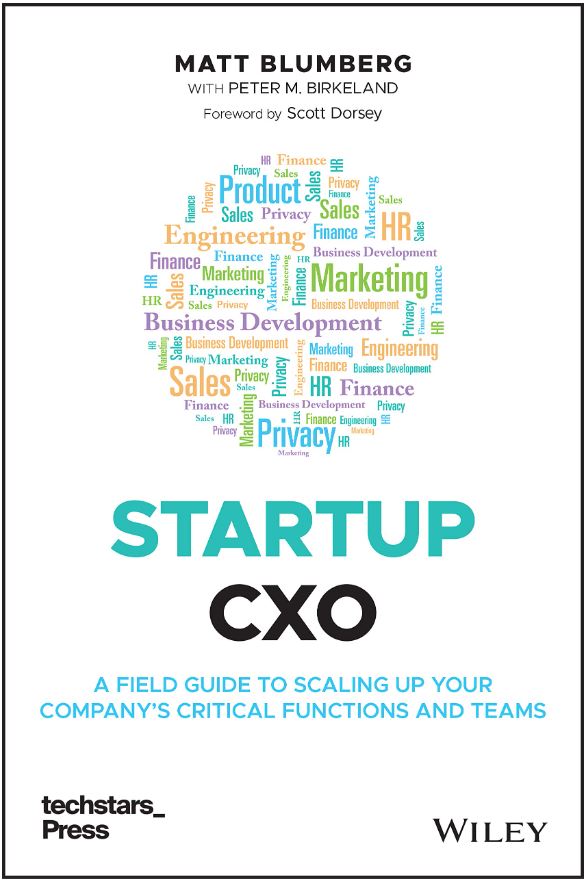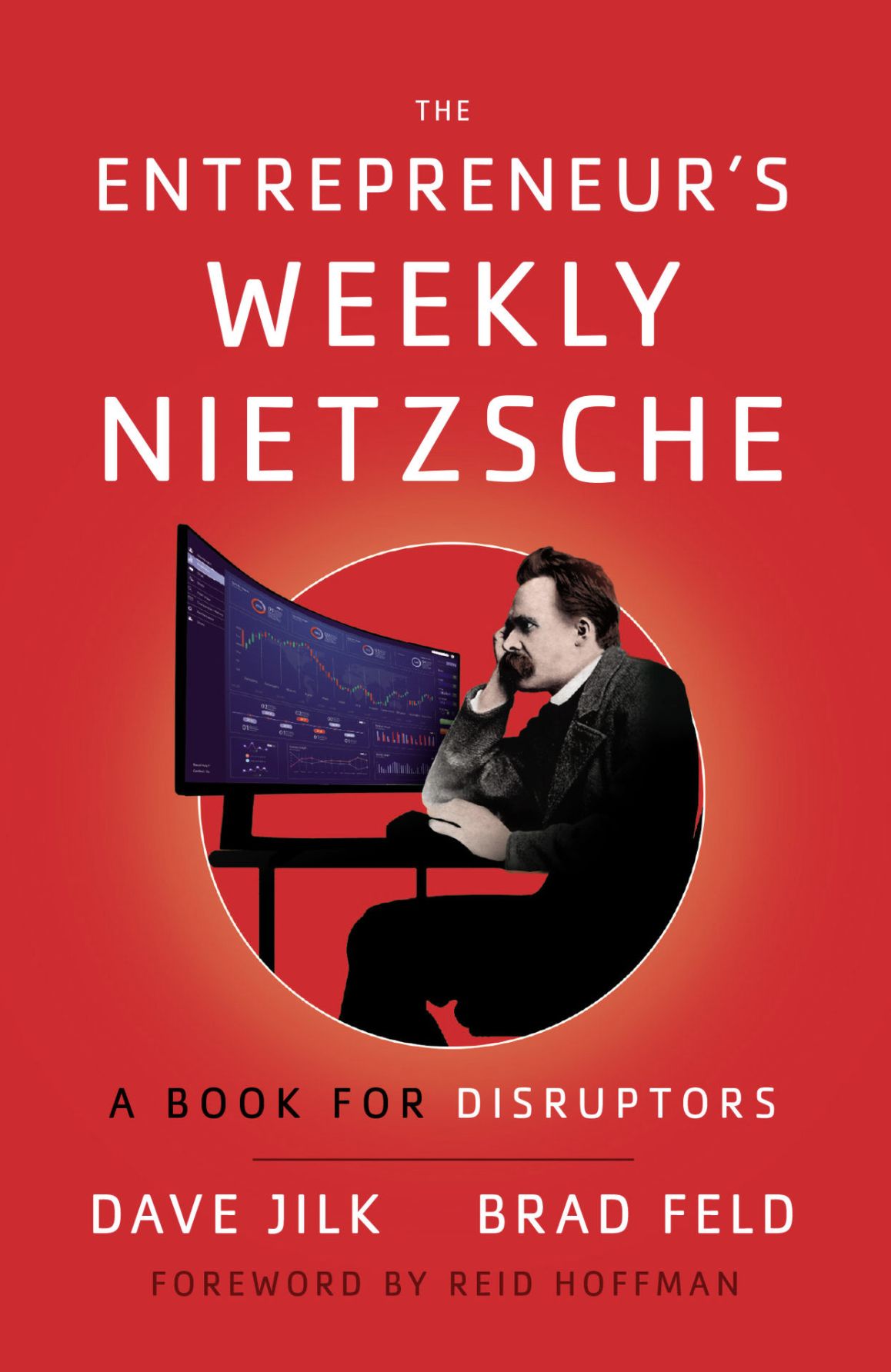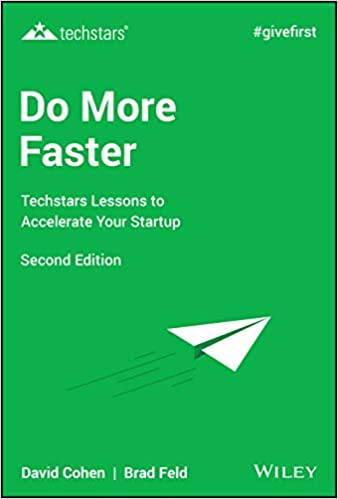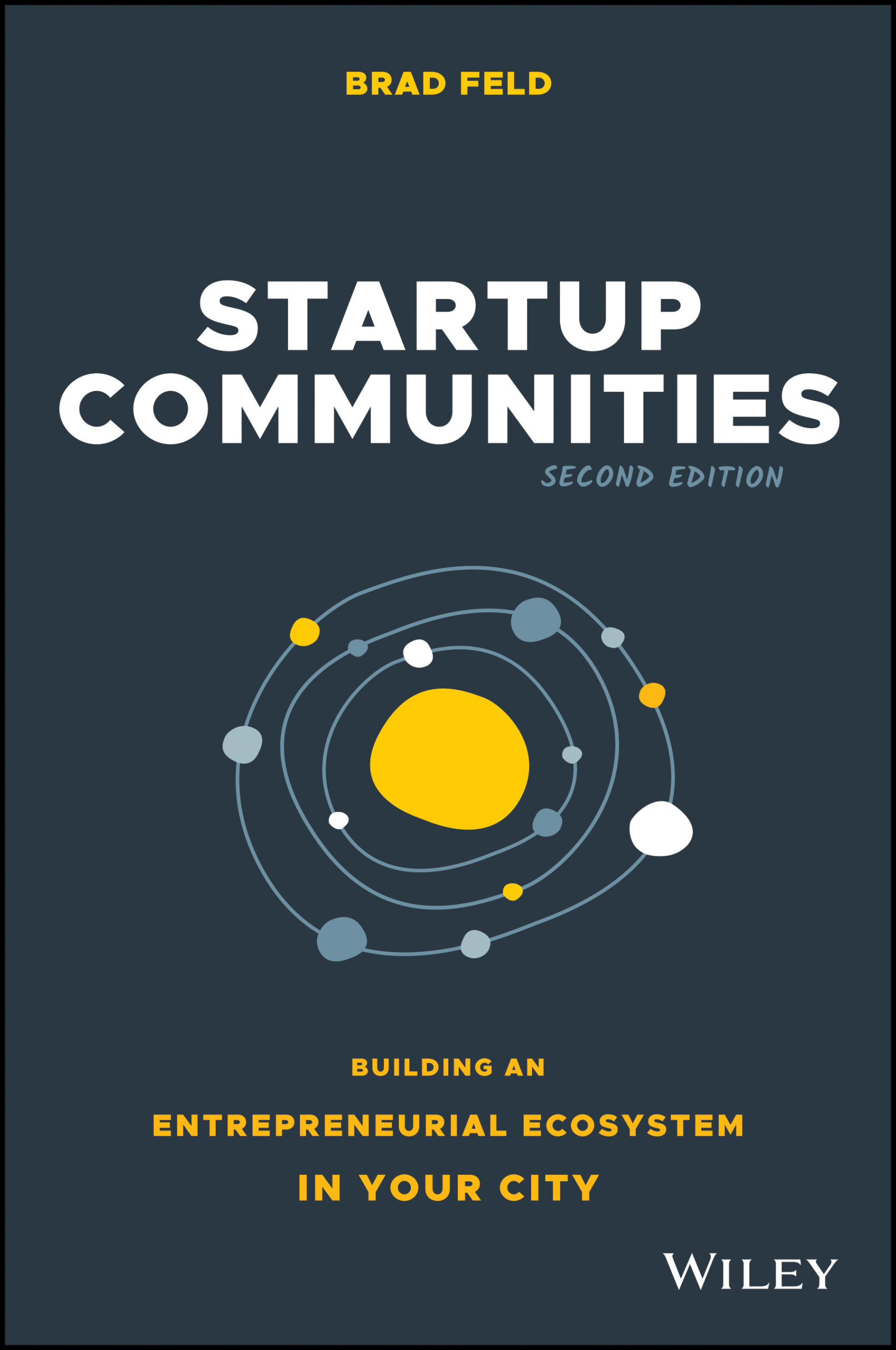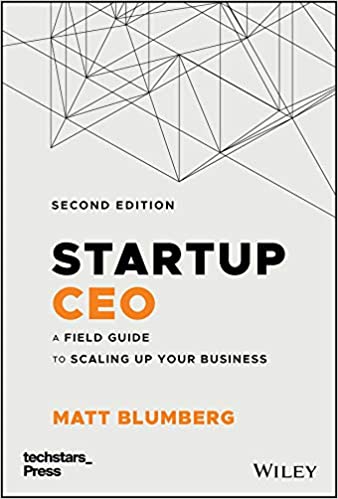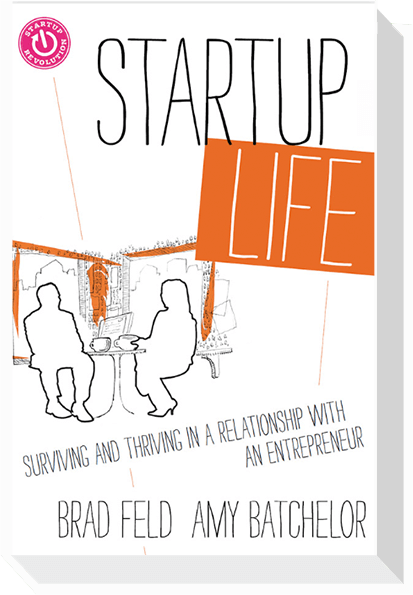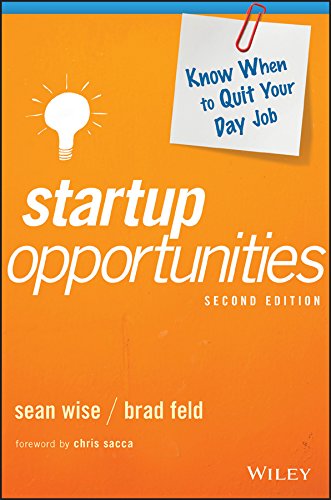Does Geography Matter? The Value of Clusters and How to Engineer One
This post originally appeared on Will Price’s blog. Find it here.
In a world of high-speed data and voice networks, web-enabled applications, and a global talent pool, does geography matter?
Will technology break down traditional industry clusters and distribute innovation, wealth, and opportunity across an increasingly flat world?
As a resident in the Valley, to me it is an important question.
Should company founders leverage the benefits of operating in a high-tech cluster and pay the cost premium of doing business here, or should they leverage the benefits of enabling technologies and remain in lower cost geographies, while working to recreate clusters?
The work of Michael Porter helps think through the issues. In his HBR article, “Clusters and the New Economics of Competition,” he lays out a convincing argument for the long-term viability of clusters.
He defines clusters as,
“geographic concentrations of interconnected companies and institutions in a particular field. Clusters encompass an array of linked industries and other entities important to competition. They include, for example, suppliers of specialized inputs such as components, machinery, and services, and providers of specialized infrastructure.”
His core thesis is that advantage in the global economy lies, ironically, increasingly in local things – knowledge, relationships, and motivation.
Traditionally, competition centered on input-cost advantages – natural and human resources. Today, however, competition rests more on the productive use of inputs, which requires continual innovation. He writes, “modern competition depends on productivity, not on access to inputs or the scale of individual enterprises.”
He defines the following characteristics of a cluster that accelerate productivity:
- sourcing of information, technology, talent
- coordinating with related companies
- measuring and motivating improvement
- better access to employees and suppliers
- access to institutions and public goods (venture firms, lawyers, universities)
- complimentarities
- co-optition, cluster promote both competition and cooperation
Clusters also directly support new business formation. Porter argues that working in a cluster allows individuals to more easily identify gaps in the current market offerings, enables efficient access to talent, institutions, partners, etc, and a home-grown exit market (i.e. established members of the cluster are the likely acquirer).
The most important insight for me is that the modern economy competes on innovation and that operating within a cluster shortens the cycle time to identifying, resourcing, and realizing areas of need and opportunity.
Michael Porter’s thoughtful analysis helps me better understand why the Bay Area “cost premium” is well worth it. Market cap is a function of innovation and growth, and innovation is a function of access to ideas, talent, and supporting resources that eliminate frictions and catalyze connections and progress.
 Ironically, in an increasingly globalized economy the Valley is gaining not waning in prominence. The valley takes ~40% of total US VC, with CA taking well over 50%.
Ironically, in an increasingly globalized economy the Valley is gaining not waning in prominence. The valley takes ~40% of total US VC, with CA taking well over 50%.
What about people, however, who are committed to building companies outside of the Bay Area? Given Porter’s work on clusters, it is clear that people outside of a major cluster must work incredibly hard to overcome the evident disadvantage of geography.
Fortunately, a real world example of kickstarting a cluster is underway: Bend, OR. Steve Blank’s recent posts on Bend highlight the work of Dino Vendetti, a former Bay Partners GP, who moved up to Bend. The most recent post,Engineering a Regional Tech Cluster, summarizes Dino’s strategy:
- Encourage entrepreneurial density
- Leverage the local university
- Lobby for direct flights to major markets
- Develop local venture capital sources
- Invest in connection via local entrepreneur events and start-up schools
- Harness local business community support
 Dino, and other cluster pioneers, like the Foundry Group in Boulder and FirstMark in NYC, are clearly thinking holistically about how clusters take shape and what dependencies are required for them to take hold.
Dino, and other cluster pioneers, like the Foundry Group in Boulder and FirstMark in NYC, are clearly thinking holistically about how clusters take shape and what dependencies are required for them to take hold.
Will the valley’s choke hold on the technology industry continue?
Or, will the Valley’s rising costs, plus collaboration technology improvements, and cluster-based business-government initiatives (ex. Bend) see talent migrate to new clusters and geographies?
Please comment below and share your thoughts. It’s an important topic.

